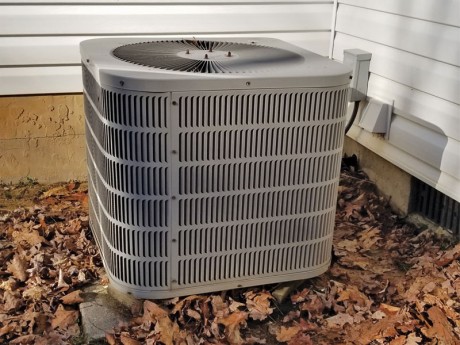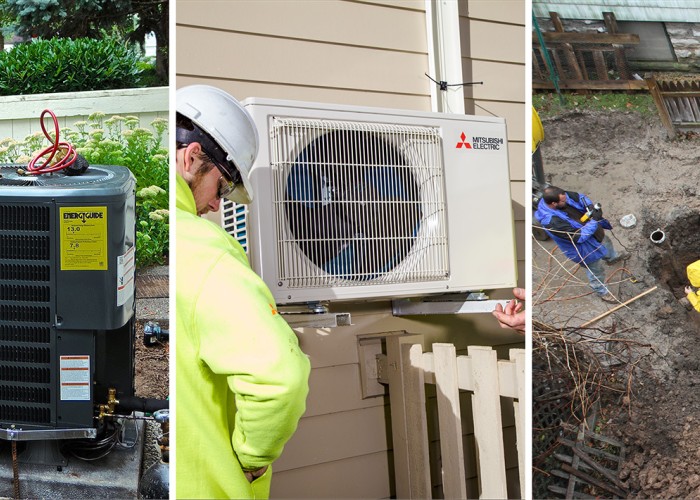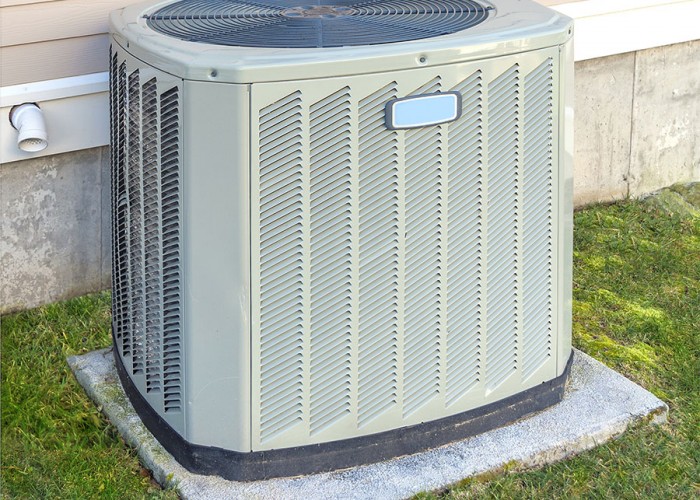Upgrading Heat Pump Efficiency
Learn the latest in HVAC tech
By Jonathan SusserQ: We have a heat pump that has served us well, but as we start gearing up for winter, I’ve been wondering about the latest and greatest in the technology. Can you tell me more about that?
A: You’re probably not alone in your curiosity, since over 65% of homes in North Carolina are electrically heated, according to the U.S. Energy Information Administration, and more than 40% of housing units have heat pumps — ranking us second in the nation. And although it’s rare to proactively replace a heating and cooling system before it dies (and they ultimately tend to fail us at the worst possible times) it’s certainly a good idea to know what’s out there before getting in a pinch.
In previous winter-oriented columns, we discussed no- and low-cost steps to prepare your home Get a Jump on Cold Weather and explored how to get the most out of your thermostat. These articles touched on heat pumps, but it’s been a while since we zeroed in on this big-ticket item and its mechanical motor parts.
To get everyone on the same page, here’s a quick high-level reminder of how heat pumps work. Rather than generating their own heat, heat pumps absorb it into refrigerant from one location and move the refrigerant to another location where that heat is then released. We’re focused here on heat pumps that use the outside air to absorb and release heat (air-source heat pumps, the most popular type), but there are units that use the ground or water instead. In the winter, an air-source heat pump takes heat from the outside air — even in cold temperatures — and disperses it inside your home; in the summer, it takes heat from inside and dumps it outside, similar to your refrigerator.
Rather than generating their own heat, heat pumps absorb it into refrigerant from one location and move the refrigerant to another location where that heat is then released.
Advanced heat pumps in the market today can attribute their improved performance in part to the way their fans run. More common models can typically only operate their fans at one (just “on”) or two (“low” and “high”) speeds; newer, high-efficiency models use variable speeds, like your vehicle’s accelerator pedal, which provide more gradual heating and cooling along with reduced noise (since the blower isn’t constantly at full speed) and better comfort and humidity control.
High-efficiency air-source heat pumps also come in ducted (relying on existing ductwork) and ductless versions, so they can be deployed in spaces with varying needs and levels of existing infrastructure. Furthermore, some can operate at colder temperatures without needing to rely on energy intensive auxiliary strip heat, which can save additional money and reduce overall demand on the grid. You can read more about different heat pump options in the article “Which Heat Pump Option is Right for My Home?”.
When you are ready to upgrade your system, the typical recommendations remain: try to do research when you have time, get quotes and references from a few contractors, look for Energy Star® certified equipment for added confidence and efficiency, and find out if you qualify for any incentives from your electric co-op, or search for other sources at dsireusa.org. Since you already have a heat pump installed, you likely have the necessary electrical connections in place, which should cut down on your expenses. And with tax credits and rebates becoming available across the country from 2022’s Inflation Reduction Act, now may be a great time to consider a replacement.
-
More on heat pumps
-
Share this story:






